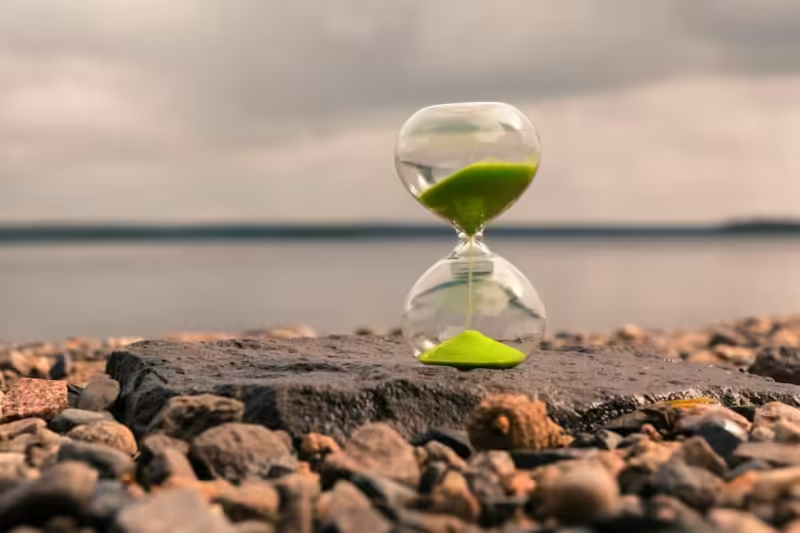
The Comprehensive Guide to Tea Timers
A tea timer might seem like a simple tool, but it plays a crucial role in the art of brewing the perfect cup of tea. Steeping time is critical to […]
 play_arrow
play_arrow
The Ultimate Guide to Tea Brewing Mr. Tea Talk
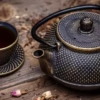 play_arrow
play_arrow
A Comprehensive Review of 3 Must-Have Tea Products on Amazon Mr. Tea Talk
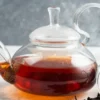 play_arrow
play_arrow
The Ultimate Guide to the Best Tea Essentials on Amazon: Kettles and Teapots You’ll Love Mr. Tea Talk
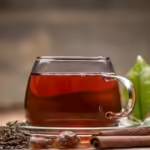 play_arrow
play_arrow
The Best Teapots for Tea Lovers: Silver vs. Borosilicate Glass Mr. Tea Talk

 play_arrow
play_arrow
The Ultimate Guide to Tea Cups Mr. Tea Talk
Tea cups are more than just vessels for drinking tea; they are an integral part of the tea experience and very important tea accessories. The right tea cup can enhance the flavor, aroma, and overall enjoyment of your tea. In this comprehensive guide, we will delve into the history of tea cups, explore different styles and materials, discuss how to choose the perfect tea cup, and provide tips on care and maintenance. Whether you are a tea aficionado or just beginning your tea journey, this guide will help you appreciate the importance of the humble tea cup.
The history of tea cups is closely intertwined with the history of tea itself. Tea drinking originated in China around 2737 BCE, and the first tea cups were simple bowls made of clay. These early tea bowls were practical and functional, designed to withstand the high temperatures of boiling water used for brewing tea.
As tea spread to other parts of Asia, including Japan and Korea, the design of tea cups evolved. In Japan, the tea ceremony became a highly ritualized practice, and tea cups, or chawan, were crafted with great care and attention to detail. Japanese tea cups are typically made of ceramic and are characterized by their rustic, handmade appearance.
When tea was introduced to Europe in the 16th and 17th centuries, it quickly became a popular beverage among the upper classes. European potters began producing porcelain tea cups, inspired by the fine Chinese porcelain that was highly prized at the time. The design of European tea cups continued to evolve, incorporating elaborate patterns and gold embellishments, reflecting the tastes and fashions of the period.
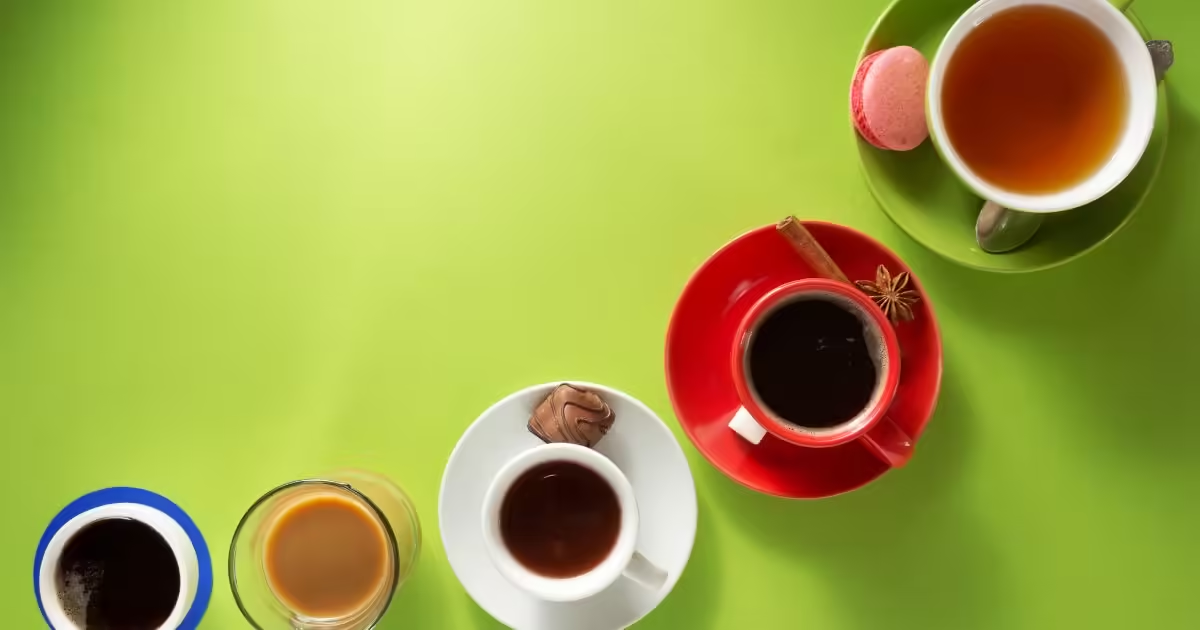
Tea cups come in a wide variety of styles, each designed to enhance the enjoyment of different types of tea. Here are some of the most popular styles:
The material of a tea cup can significantly impact the taste and experience of drinking tea. Here are some of the most common materials used in tea cups:
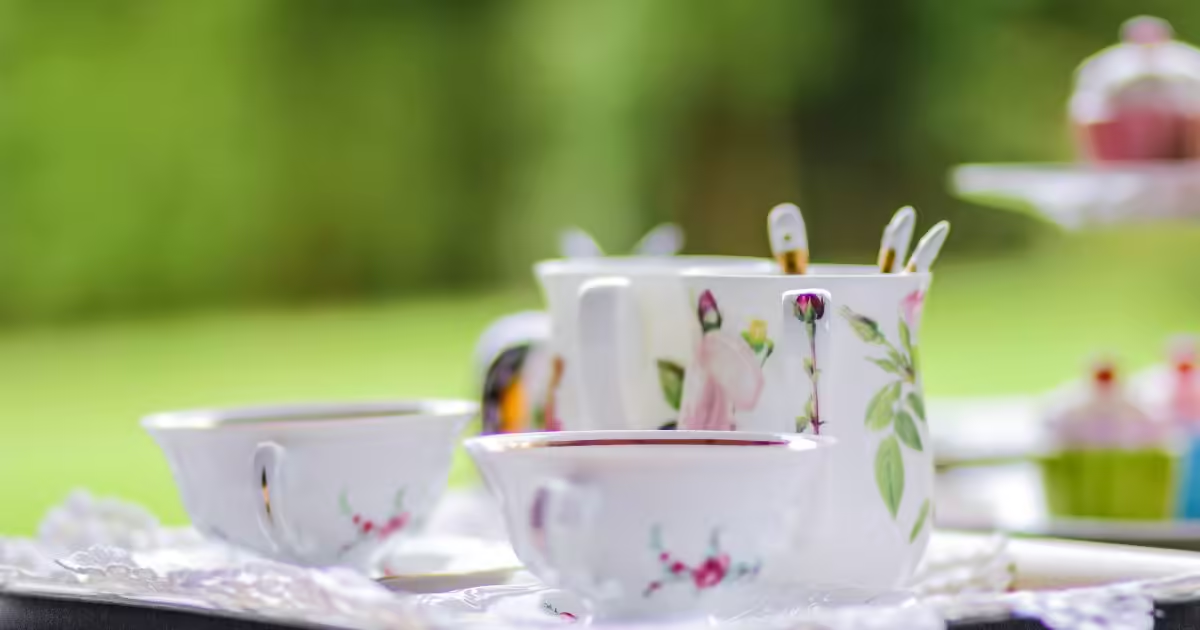
Choosing the right tea cup involves considering several factors, including the type of tea you drink, your personal preferences, and the occasion. Here are some tips to help you select the perfect tea cup:
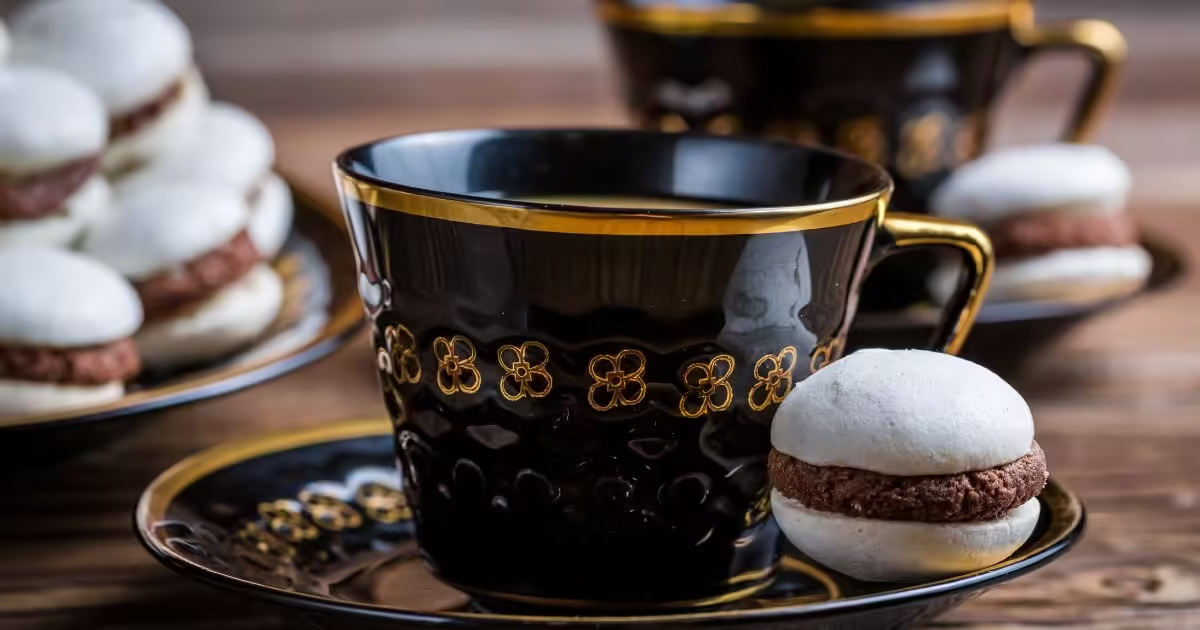
Proper care and maintenance of your tea cups will ensure they remain in good condition and continue to enhance your tea experience. Here are some general tips for caring for different types of tea cups:

Tea cups are an essential part of the tea-drinking experience, enhancing both the flavor and enjoyment of your tea. By understanding the history, styles, materials, and care of tea cups, you can select the perfect cup to suit your needs and preferences. Whether you’re sipping a delicate green tea from a fine porcelain cup or enjoying a robust black tea from a rustic ceramic mug, the right tea cup can make all the difference. Embrace the art of tea drinking with the perfect tea cup and savor each moment of your tea journey. Happy sipping!
Tagged as: Ultimate Guide to Tea Cups, Tea Cups.

A tea timer might seem like a simple tool, but it plays a crucial role in the art of brewing the perfect cup of tea. Steeping time is critical to […]


Copyright | Ceylon Wild Tea - All Rights Reserved | 2025
Post comments
This post currently has no comments.